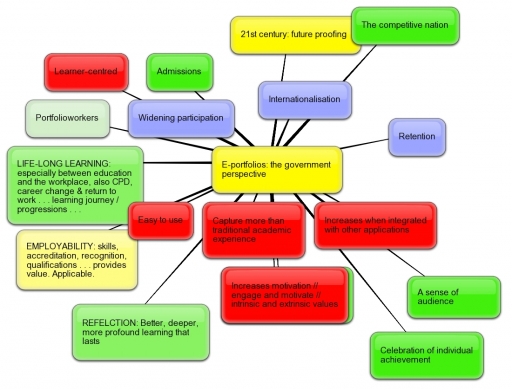I struggle with McLuhan's point of view because it can be argued in many ways: is he saying that the message is controlled by the affordances of the medium or by the people running the shows? Or both? And in plenty of country's the medium was/is state controlled. While in the US it is controlled by the advertisers. TV lends itself to a certain form of expression; historically there have been and are producers who create TV magic and get the format right, though there are plenty of experiments too that kick against what is possible and an audience will tolerate.
A shift to YouTube is fascinating. I watched the Japanese Disaster's play out live, first on BBC 24hr News, then CNN, then best of all Japanese TV with English voice over NHK all on Freeview. I thought, having sat through IRA bombs and 9/11 that these feeds were the best source ... the closes to being there. My son was getting this on YouTube diretly from people's SmartPhones 'on the ground'. For the Libyan crisis I am taking Twitter Feeds and watching Al Jexera.
The point I feel is that each medium offers different possibilities: print, radio, TV and now online. Everyone is their own producer/director if uploading from a Flip camera or SmartPhone. However, artists will come through. Within the communities that we become a part of there will be someone who is more informed, better at expressing themselves or exploiting the platform. Watching a documentary on Japan my son curses the amateur video producers for not keeping the camera still as vast quantities of water smash into buildings and boats. Not meaning to be flippant but he's probably learning why locked off shots, from a tripod, work better.
From a learning point of view we are 'there,' the internet to a greater degree than print, radio or TV 'puts us on the spot. Is this not closer to reality, to being physically present, which is how historically (35,000 of human kind) we have learnt? By observation, participation and collaboration? Through mistakes and successes?
